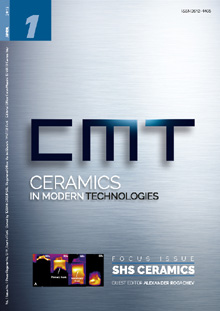- Home
- About us
-
Activities
-
Journals and magazines
-
Meeting and congresses
-
- Contact us

Abstract
Stereolithographic additive manufacturing was developed to create bulky ceramic components with functionally geometric structures. In this process, two-dimensional (2D) cross sectional patterns were created through photo-polymerization with an ultraviolet laser drawing on spread resin paste. Ceramic nanoparticles and three-dimensional (3D) composite models were sterically printed by layer lamination though chemical bonding. The created precursor was dewaxed and sintered in an air to yield full ceramic components. This review describes the computer aided design, manufacture, and evaluation of artificial dendrite structures called photonic crystals with spatially ordered micro cavities. A periodic arrangement in dielectric constants can exhibit forbidden regions called photonic band gaps in the transmission spectra through electromagnetic wave diffraction. The permitted modes of transmission peaks at theoretically calculated frequencies can be selected via the introduction of point, linear, and planar structural defects into the artificial crystals. Ceramic processing using stereolithographic additive manufacturing with high accuracy on the micrometer scale will be presented in this paper.